The effect of combination azacitidine, ivosidenib and venetoclax on treating isocitrate dehydrogenase-1 gene (IDH1)-mutated myeloid malignancies such as high-risk myelodysplastic syndromes (MDS) and acute myeloid leukemia (AML) is comparable to higher doses of ivosidenib and venetoclax, according to recent research released as an abstract for the American Society of Clinical Oncology 2020 (ASCO20) Virtual Scientific Program.
“[The] therapy is well tolerated and highly effective for patients with IDH1-mutated AML,” Curtis A. Lachowiez, MD, hematology and medical oncology fellow at MD Anderson Cancer Center in Houston, and colleagues wrote in their study abstract, but noted “[f]ollow up and accrual is ongoing to better define duration and biomarkers of response.” 
Investigators from the MD Anderson Cancer Center recruited patients with IDH1-mutated myeloid malignancies to a phase 1/2 trial of ivosidenib, venetoclax and azacitidine, where patients were enrolled into one of three successive cohorts. In the cohorts, patients received either 400 mg (cohort 1) or 800 mg (cohort 2) of venetoclax on day 1 through day 14, before receiving 500 mg of ivosidenib from day 15 to day 28 and from day 1 to day 28 in subsequent cycles. A third cohort received ivosidenib plus 400 mg of venetoclax on day 1 through day 14 and 75 mg/m2 of azacitidine on day 1 through day 7.
Overall, 19 patients were recruited to the trial with a median age of 68 years and had AML (17 patients), relapsed/refractory AML (9 patients), treatment naïve AML (5 patients), had MDS with secondary AML and had failed treatment with hypomethylating agents (3 patients), and/or had high-risk MDS (2 patients).
Previous adverse events in other treatment regimens included IDH differentiation syndrome in 4 patients, tumor lysis syndrome in 2 patients. Patients had favorable (37%), intermediate (15%) and adverse (47%) risk, according to European LeukemiaNet (ELN) risk classification criteria. Of note, 37% of patients had NPM1 mutations, 32% had chromatin-spliceosome mutations, 21% RAS pathway mutations, and 16% had methylation mutations.
There was a composite complete remission rate of 78% across all groups in 18 patients with available data, with a complete remission rate of 66.6% in cohort 1, 100% in cohort 2, and 66.6% in cohort 3. The overall response rate was similar, with 66.6% of patients in cohort 1, 100% of patients in cohort 2, and 100% of patients in cohort 3 responding to therapy. Half of the patients are still in the trial, while 5 patients (22%) experienced disease progression, 3 patients (17%) received stem cell transplantation in complete remission, and 2 patients had no response. In 9 patients who were relapsed and refractory, the median overall survival was 9.7 months, but median overall survival had not been reached after 3.5 months of follow-up in patients who were treatment naïve.

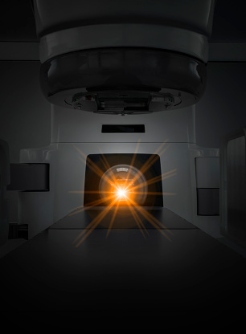
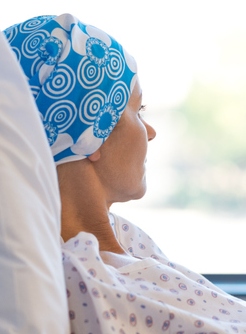

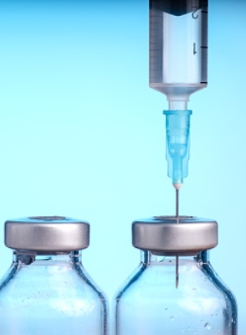



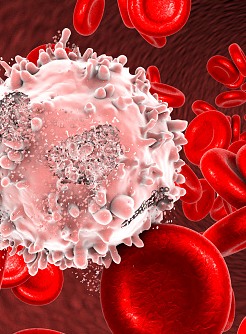
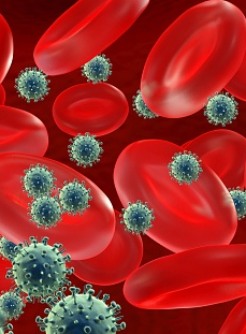


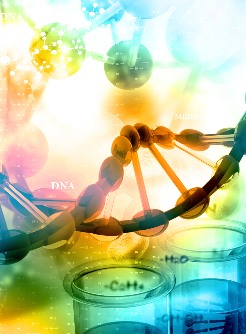
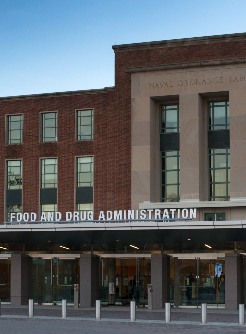
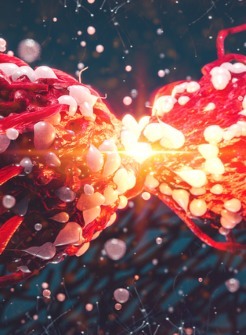
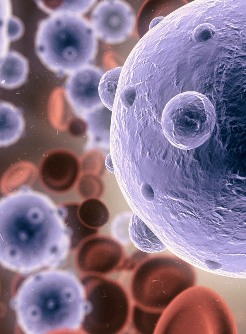
.jpg)
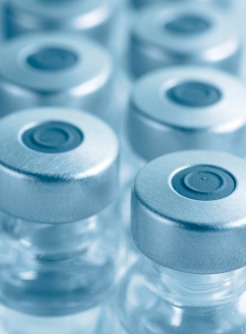

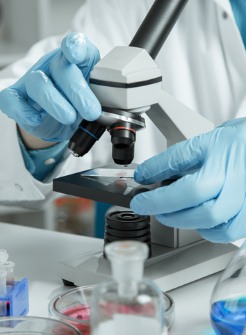

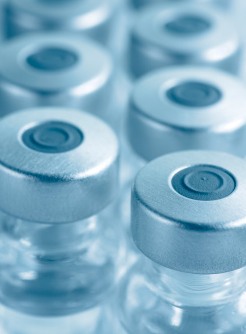
.jpg)



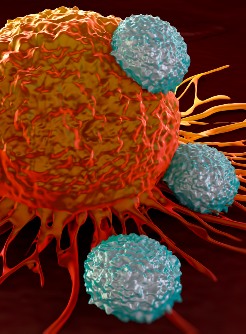


.jpg)
.jpg)
.jpg)
.jpg)
.jpg)
.jpg)
.jpg)

.jpg)
.jpg)